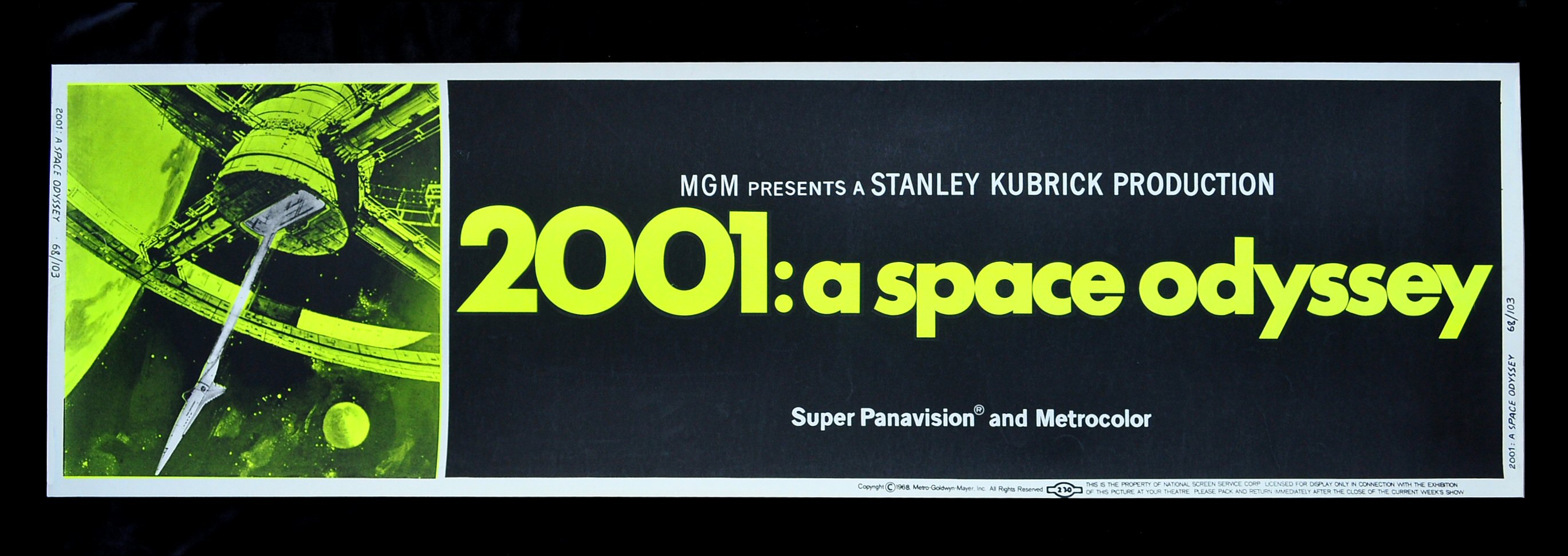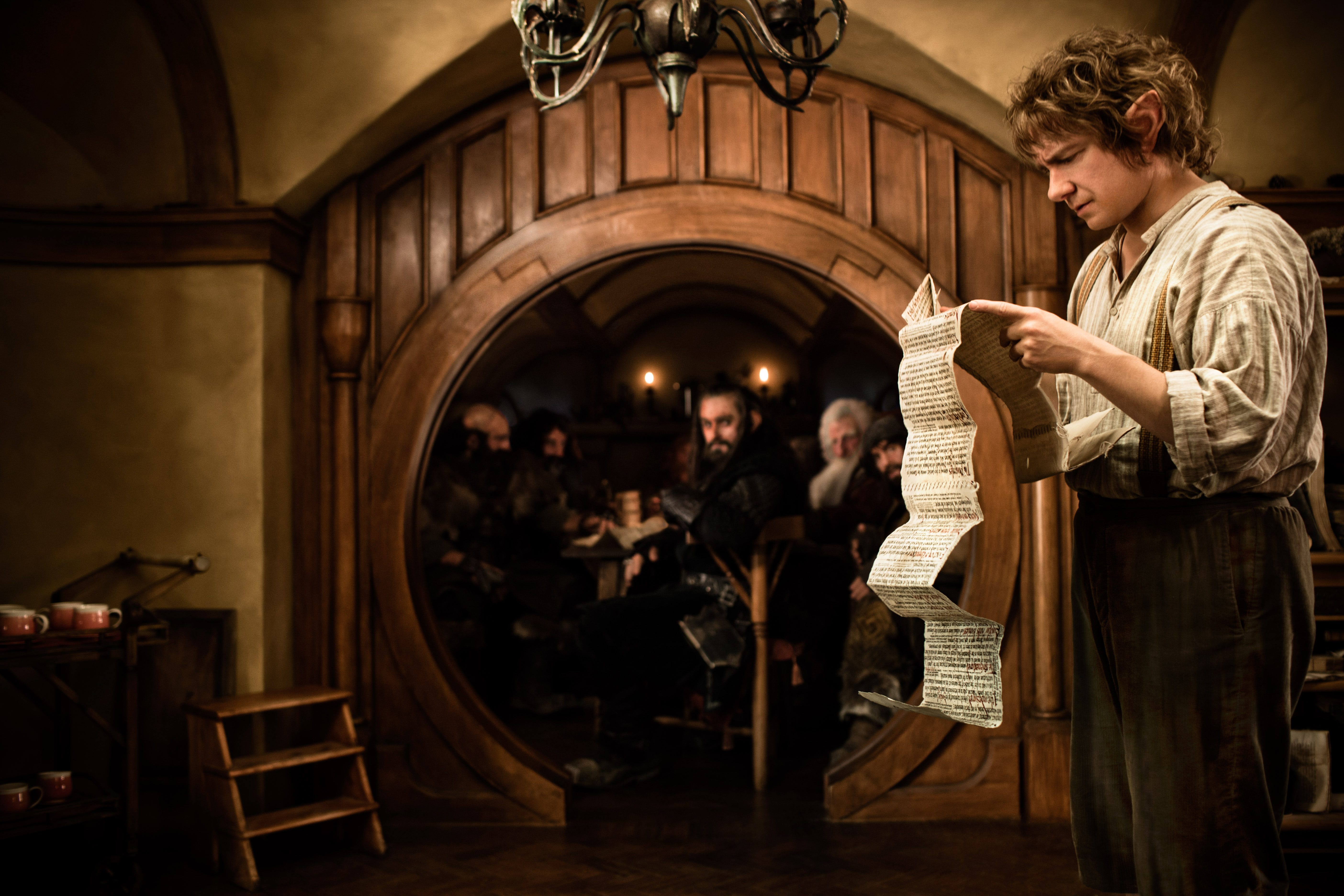Film - The Hobbit: An Unexpected Journey
Studio - New Line Cinema
Metro-Goldwyn-Mayer
WingNut Films
Distributed - Warner Bros.
Director - Peter Jackson
Budget - $270 Million
Release Date - 14/12/2012
Technological Achievements
The upcoming Hobbit Trilogy is pushing the boundaries of cinema under the guidance of its revolutionary director Peter Jackson. The most used format in cinema is 35mm film, which runs at 24fps, this has been in common usage for a long time. New technology has started to move away from film, because of more economically efficient digital technology, much to the distaste of older directors such as Quentin Tarantino. The Hobbit is significant, because not only is it filmed digitally, it is filmed using 3D cameras. A lot of the time films are converted into 3D in post production, but the director made the decision to used RED Epic cameras, creating a complex rig to allow him to use two cameras at the same time, creating the effect and also allowing him to change the 3Ds focus while filming.
A more controversial change is his choice to film it in 48fps. A small number of directors, including James Cameron and Peter Jackson, have been trying to increase the number of frames per second that movies are filmed at. It doesn't sound like much, but they say it completely changs the cinematic experience, by improving the quality of the movie and making it flow more like real life (Human eyes see at 60fps). Peter Jackson states that the combined use of 48fps and 3D creates a more dynamic and immersive atmosphere, because there isn't as much motion blur as there would be at 24fps.
When a preview of the film was screened, there was a mixed reaction to the use of 48fps, people were quoted as saying it looked like a made-for-home video or a soap on the television. Despite this, Jackson continued to supports his decision to film at higher frame rates, claiming that the 10 minute preview did not give the audience enough time to adjust to the format.
However, Peter Jackson and Warner Bros decided to play it safe in the release of the film; the native format is not being released nation wide in the UK, but only in select cinemas as a test to see what they should do with the second movie. The film is being released in standard 2D and 3D, 2D and 3D Imax, and finally 3D HFR (High Frame Rate). Many people would choose Imax or standard 24fps, without any knowledge or understanding of what HFR actually is, the problem with this choice is that you aren't seeing the film in its native format.
When the film premiered in New Zealand in later November, the reactions to the 48fps were very positive, the quality and crispness of the image was praised with some complaints of motion sickness during the fast action sequences.
The Hobbit is evidence that film is a constantly evolving format, the director is a revolutionary pushing for new technology to be incorporated into the film experience. Although, 3D is not as popular as expected, he still has faith in what the added depth can bring to the film.




